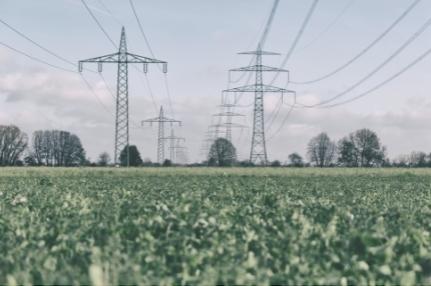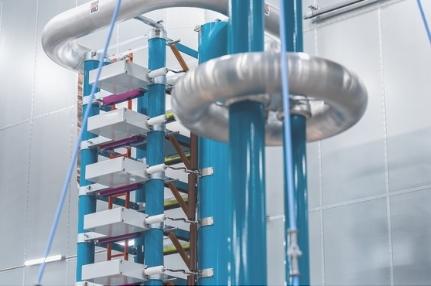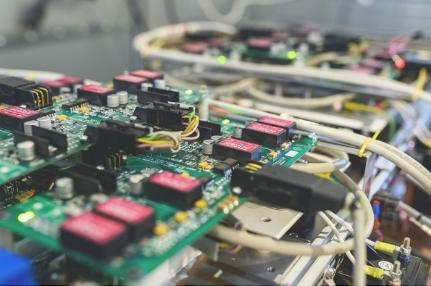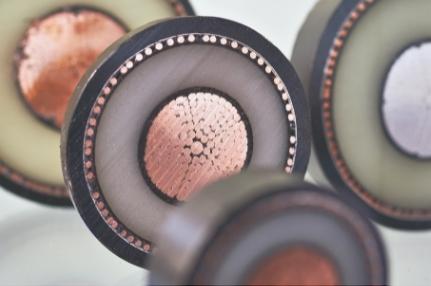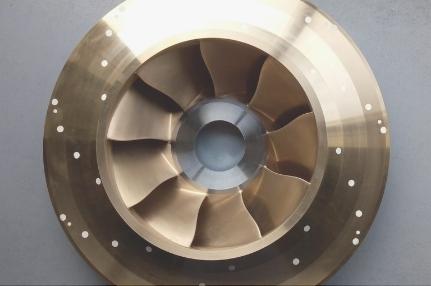Research & Collaboration
What makes us unique?
SuperGrid Institute owes its success to the people who make up our various research departments. Our teams come from diverse backgrounds in industry and academia, and their wealth of experience and skills make the Institute unique. Each individual brings specific expertise to the table.
This melting pot of knowledge offers opportunities for specialists from different fields to collaborate on new and innovative solutions to technical problems.
The Institute also benefits from close collaborative relationships with industry and academic institutions. The complementary strengths of our partners provide insights and innovative approaches to technical challenges. At the same time, we retain total independence in our research. Public-private investments and collaborative projects finance our work.
SuperGrid Institute’s state-of-the-art research facilities, test platforms and laboratories at the Villeurbanne and Grenoble sites are key to the success of our five research departments.

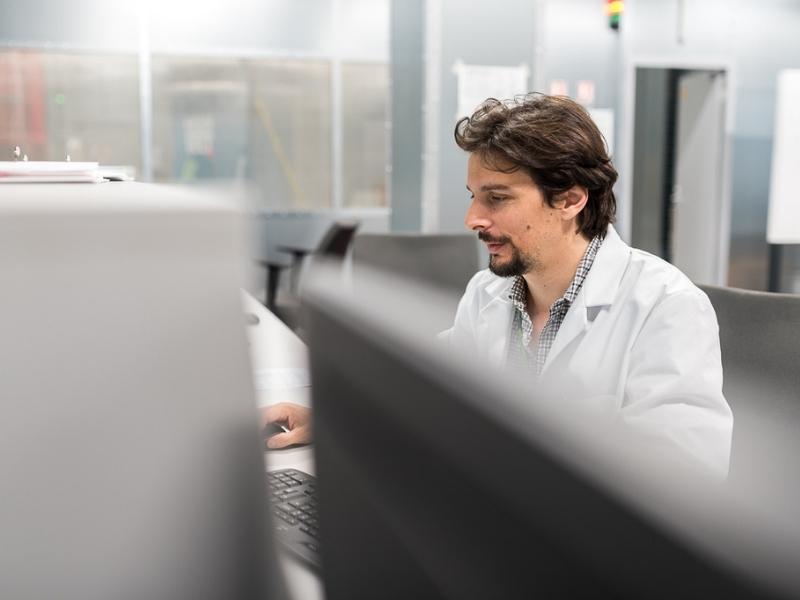
Latest scientific publications
Analysis and design of modular multilevel converters with partial integration of energy storage systems
This paper presents a novel design methodology for a 3-phase Modular Multilevel Converter with partial integration of energy storage.
Transformation of an ovehead AC transmission line into a DC transmission line : A study case
This paper describes the preliminary study of the transformation of an existing 220 kV AC transmission line into a bipolar DC line with a metallic return conductor.
Economic assessment of an innovative farm architecture
A techno-economic analysis methodology was defined to compare wind farm architectures.


